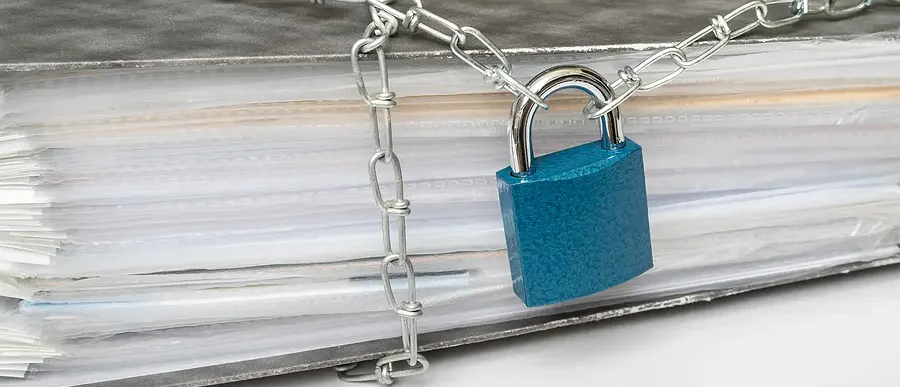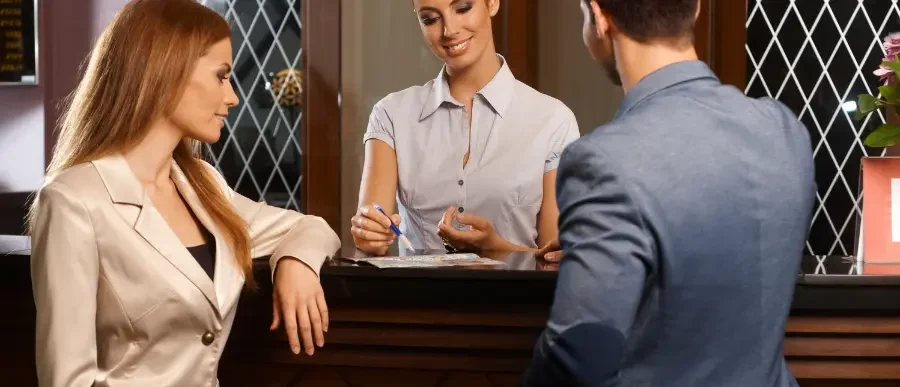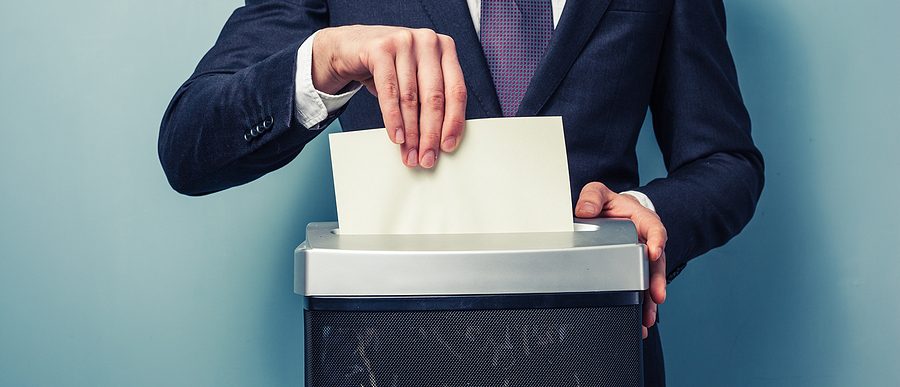
When information destruction laws were established to protect the sensitive information organizations handle, many offices were forced to adopt shredding policies. The main decision companies faced was: do we shred our files in-house, or partner with a shredding service provider to pick up our files and shred them for us? In any case, the deciding factor came down to cost. What is the lowest price we can pay to shred our files without compromising security?
All things considered, purchasing your shredder and having internal employees shred their files may seem undoubtedly cheaper. You pay a one-time fee for a shredder and have employees take a few minutes now and then to shred their old files. Plus the shredding process remains in your control. However, there are hidden fees associated with DIY shredding that make it a less competitive option.
Hidden Fees of DIY Shredding
Generally, an office shredder will cost around $200 and have a life expectancy of about 5 years if used properly. Doing the math this puts you at a low cost of $3.33 per month—but this isn’t the only price you will pay to shred your files internally. Moreover, these are other costs of DIY shredding (financial and otherwise) that you should consider.
 The Loss of Time
The Loss of Time
While the process of shredding doesn’t take too long, over time the minutes add up. For example, if you have 10 employees, each of whom spends on average 2 minutes a day shredding files, that is 100 minutes of shredding a week, or about 400 minutes (over 6.5 hours) per month diverted to shredding files. This is time that could be spent working on normal job duties.
You may even add time to this estimate due to jams that commonly occur, especially on the cheaper shredder models. Additionally, add on the time it takes to remove staples and clips if your shredder cannot handle those materials.
The Cost of Space
An adequate shredder takes up valuable office space that can be used otherwise. You pay a premium for office space—the average city charges around $1.80 per month per square foot. A conservative estimate might put an office shredder at about 2 square feet. As a result, you would pay $43.20 a year just to house the shredder in your office.
The Cost of Labor

If you have 10 employees spending on average 2 minutes per day shredding, it adds up to about 6.5 hours per month. If you assume the average hourly wage for an office worker is around $16.50, you end up paying $107.25 per month to have your employees shred their paperwork.
The Cost of Maintenance
Purchasing a shredder is not a one-time cost. You have to consider maintenance and account for the fact that eventually the shredder will break down and you will have to invest in another machine. You will have to purchase oil for the blades ($10 for 12oz) and properly sized shredder bags ($7 for 25), and regularly cleaning dust and debris out of the teeth takes up employee time.
Consequently, the cheaper the shredder you buy, the less it will be able to handle. If you force too many papers or send paperclips or staples through it on accident, you may have to call in a repairman or get ready to purchase a brand-new shredder.
|
Cost of DIY Shredding |
|
| Est. Cost of Shredder per Month | $3.33 |
| Est. Cost of Space per Month | $3.60 |
| Est. Cost of Labor per Month | $107.25 |
| Est. Cost of Maintenance per Month | $1.42 |
| Total Est. Cost per Month | $115.60 |
As these monthly costs add up, you eventually realize that shredding files yourself costs more than you might think at first glance. Therefore, if you are a small business and don’t handle very much sensitive paperwork, purchasing a good-quality paper shredder might be your best option. But if you need to shred more than 100 files a week, consider professional shredding services.
Comparing Professional Shredding Services to DIY Shredding

Professional shredding services keep you compliant with information security laws and perform the dirty work for you. They stop by your location, pick up your files, and shred them for you. Furthermore, they deal with the mess so you don’t have to. There are a variety of service options to choose from:
Offsite shredding services pick up your papers and take them to a secure facility to be shredded with thousands of other documents. This option varies based on quantity; however, it tends to be slightly less than mobile shredding.
Mobile shred trucks can visit your location and shred onsite while you watch. These services cost on average $130-$175 for a project of 1-10 boxes. However, the price does vary based on location, project size, and other factors. If you have a larger project, you can expect the price to be higher.
There are even drop-off centers where you can drop off a box or two of paperwork to be safely shredded in an industrial-strength shredder. In general, this type of service usually costs about $1 per pound.
Another perk you get by partnering with a shredding service provider—they can recycle the shredded paper for you. On the other hand, if you shred your files, you will notice that it’s difficult if not impossible to find a recycler who will take your shredded paper—it’s simply too messy. But professional shredding services work with recyclers and bale their shredded paper bits making it easier on the recycling center.
Avoid the Hidden DIY Shredding Costs, Hire a Professional Shredder
Shred Nations partners with secure, certified shredders throughout the nation. If you are looking for an alternative to your DIY shredding procedures, give us a call at (800) 747-3365 or fill out the form. We will get you several quotes for free so you can determine if mobile or off-site shredding is best for your business.






 The Loss of Time
The Loss of Time





